Cigar Spirits: Michter’s Toasted Barrel Finish Barrel Strength Rye & Knob Creek Cask Strength Rye
20 Jun 2018
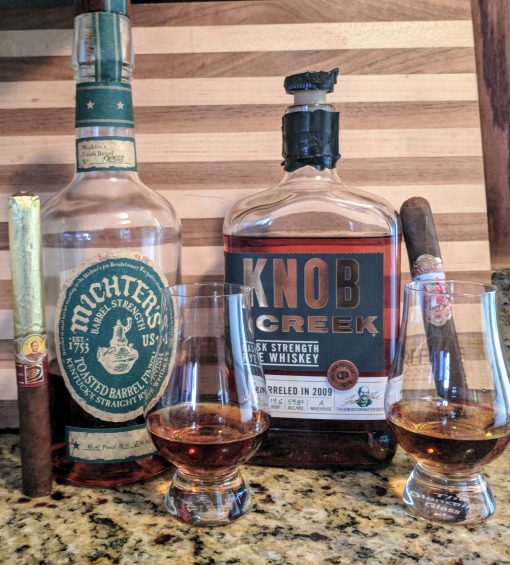
Today we look at two new Kentucky ryes, both bottled at barrel proof. Michter’s Toasted Barrel Finish Barrel Strength Rye was introduced year, and Knob Creek’s new barrel-strength rye offering has just arrived in stores in the past month. Both retail for about $70.
Michter’s Toasted Barrel Strength Rye is the brand’s standard US-1 rye with a couple twists: After the regular maturation period, it is re-barreled in a custom barrel made with wood that’s air-cured for 24 months then toasted for additional aging. Toasted barrels, if you are wondering, are more gently fired than charred barrels. (Charred barrels give whiskey more dark coloring and naturally filter out some of the harshness of unaged spirits, but that isn’t necessary when, as is the case here, the whiskey has already extensively aged in charred barrels.)
Knob Creek Cask Strength Rye is a limited release (the bottle says “Limited Release 2018,” so perhaps it will become an annual offering) of Knob Creek’s rye aged for nine years and bottled at barrel-proof. It’s a step up in proof from the regular release, which is 100-proof, and in age (the regular release doesn’t carry an age statement but is believed to be in the five- to six-year-old range). The barrels were selected from Beam’s warehouse A, its oldest and most storied barrel rickhouse.
Michter’s Toasted Barrel Finish Barrel Strength Rye (111.4-proof)
Color: Dark walnut brown.
Nose: Allspice, toasted coconut, cedar, and ethanol heat.
Palate: Lots of sweetness with spice (think a cinnamon roll with Red Hots on top), burnt caramel, and candied dates.
Finish: Silky vanilla and pepper that lingers on the palate as the heat fades away.
Knob Creek Cask Strength Rye (119.6-proof)
Color: Deep amber.
Nose: Burnt sugar, oak, leather, and orange peel.
Palate: Caramel and buttered toast with hints of cherry and baking spices.
Finish: Long and sweet with caramel and wood spice.
Both are hearty, full-flavored ryes that pair well with full-bodied cigars. Think Nicaraguan-dominant blends like the Muestra de Saka Nacatamale, Tatuaje Havana VI Verocu, Drew Estate Liga Privada Único Serie Velvet Rat, Joya de Nicaragua Antaño, or Davidoff Nicaragua Box Pressed.
It’s a testament to the popularity of rye that even at $70 both of these feel fairly priced. (Frankly, when I first heard of the Knob Creek Rye, I expected a price in the triple digits.) Knob Creek is more classic and I presonaly prefer it slightly, but Michter’s is more unique and also enjoyable. Both are not for everyone, but I’m glad I bought a bottle of each, and I’d probably pick up another bottle of the Knob Creek.
–Patrick S
photo credit: Stogie Guys

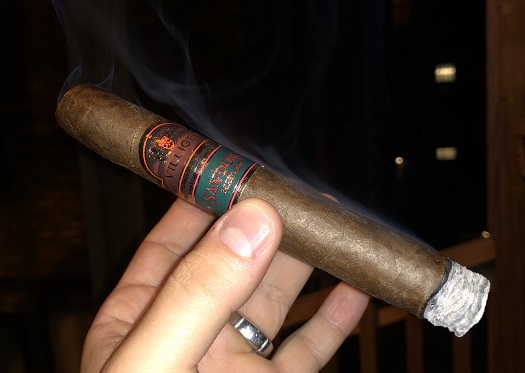
 Villiger has been making cigars in Brazil since the 1970s. This newer, bigger factory (30 rollers, with the capacity to add 20 more), however, signals a redoubled commitment to the country and its tobaccos. Villiger Do Brasil—along with the recent relocation of U.S. corporate headquarters to the Miami area—is further evidence of Villiger’s interest in expanding its presence in the premium cigar market (Villiger is a major player in the machine-made realm).
Villiger has been making cigars in Brazil since the 1970s. This newer, bigger factory (30 rollers, with the capacity to add 20 more), however, signals a redoubled commitment to the country and its tobaccos. Villiger Do Brasil—along with the recent relocation of U.S. corporate headquarters to the Miami area—is further evidence of Villiger’s interest in expanding its presence in the premium cigar market (Villiger is a major player in the machine-made realm).
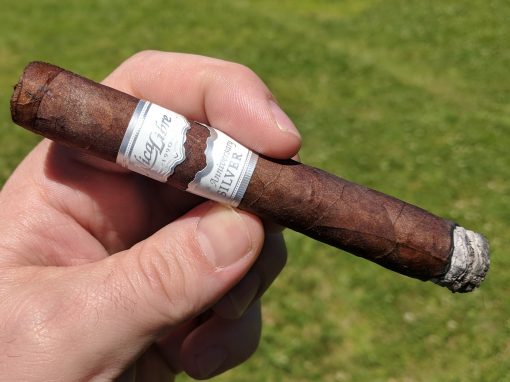
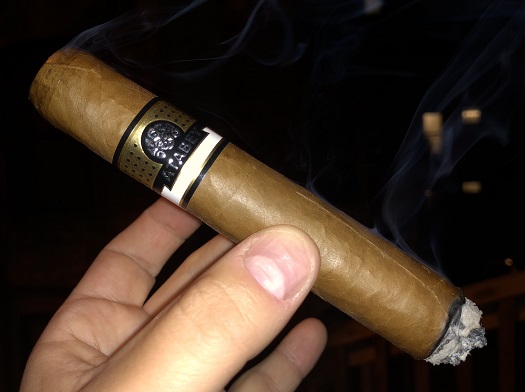
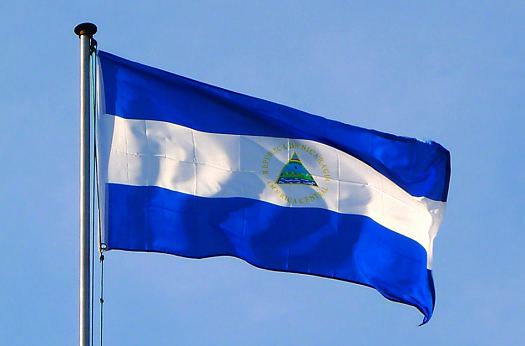
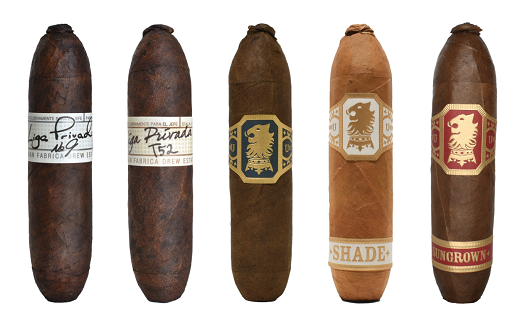
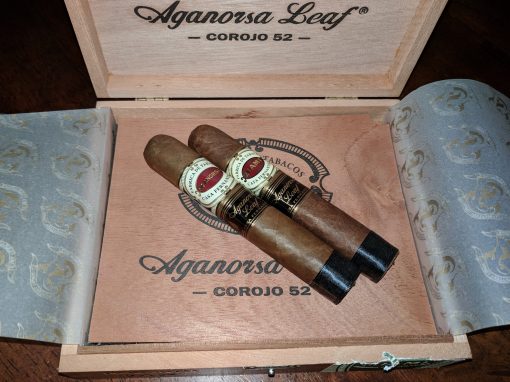
 Aganorsa S.A. started in 1997 when Cuban-born American businessman Eduardo Fernandez began purchasing land in Nicaragua to grow tobacco, including fields once owned by Ncaraguan dictator Anastasio Somoza. Prior to the Sandinista revolution, Somoza was part owner of the Joya de Nicaragua factory (dictators don’t pick their lands because they aren’t some of the finest available). Fernandez, who
Aganorsa S.A. started in 1997 when Cuban-born American businessman Eduardo Fernandez began purchasing land in Nicaragua to grow tobacco, including fields once owned by Ncaraguan dictator Anastasio Somoza. Prior to the Sandinista revolution, Somoza was part owner of the Joya de Nicaragua factory (dictators don’t pick their lands because they aren’t some of the finest available). Fernandez, who 

 Patrick Ashby
Co-Founder & Editor in Chief
Patrick Ashby
Co-Founder & Editor in Chief Patrick Semmens
Co-Founder & Publisher
Patrick Semmens
Co-Founder & Publisher George Edmonson
Tampa Bureau Chief
George Edmonson
Tampa Bureau Chief